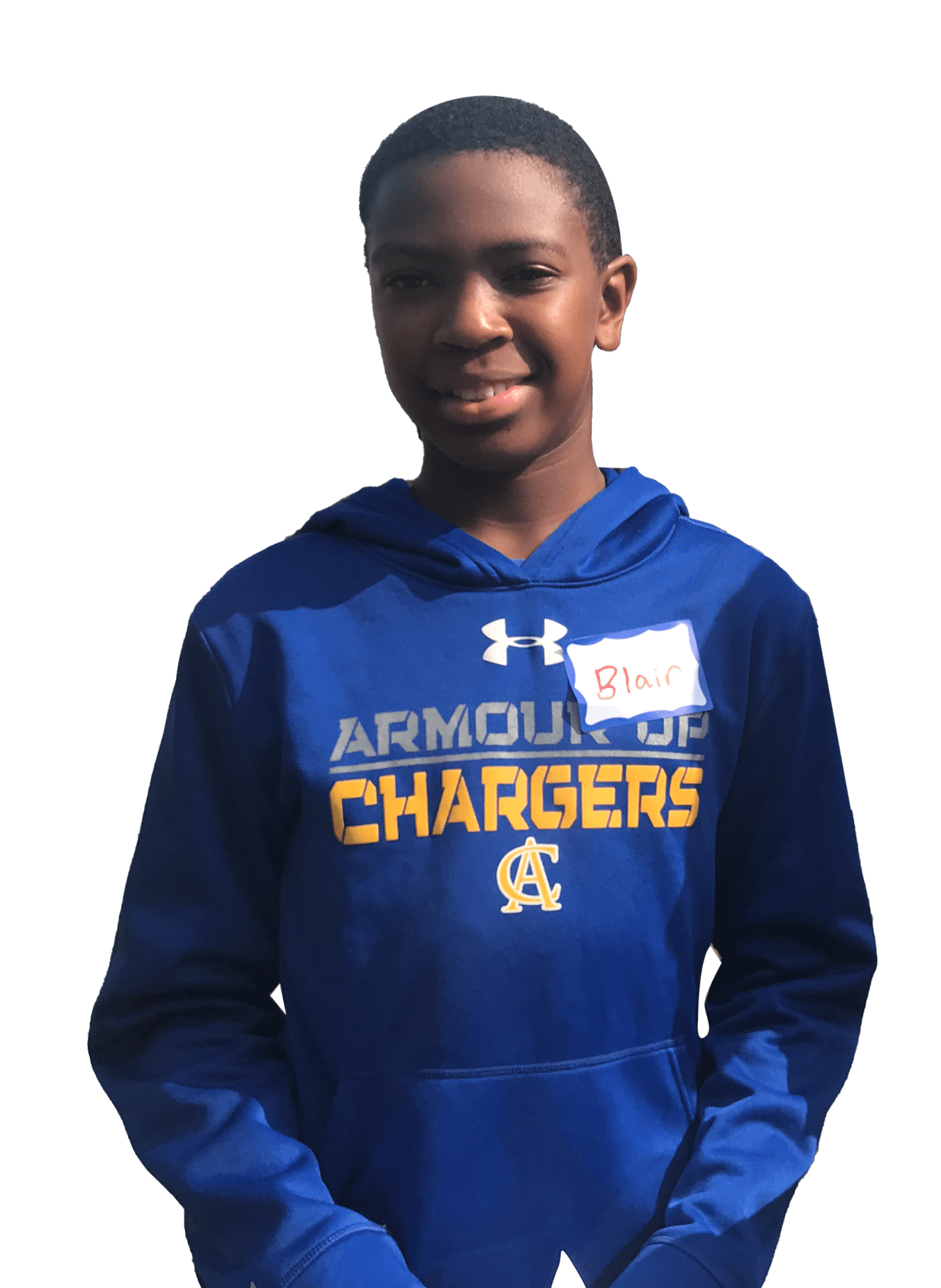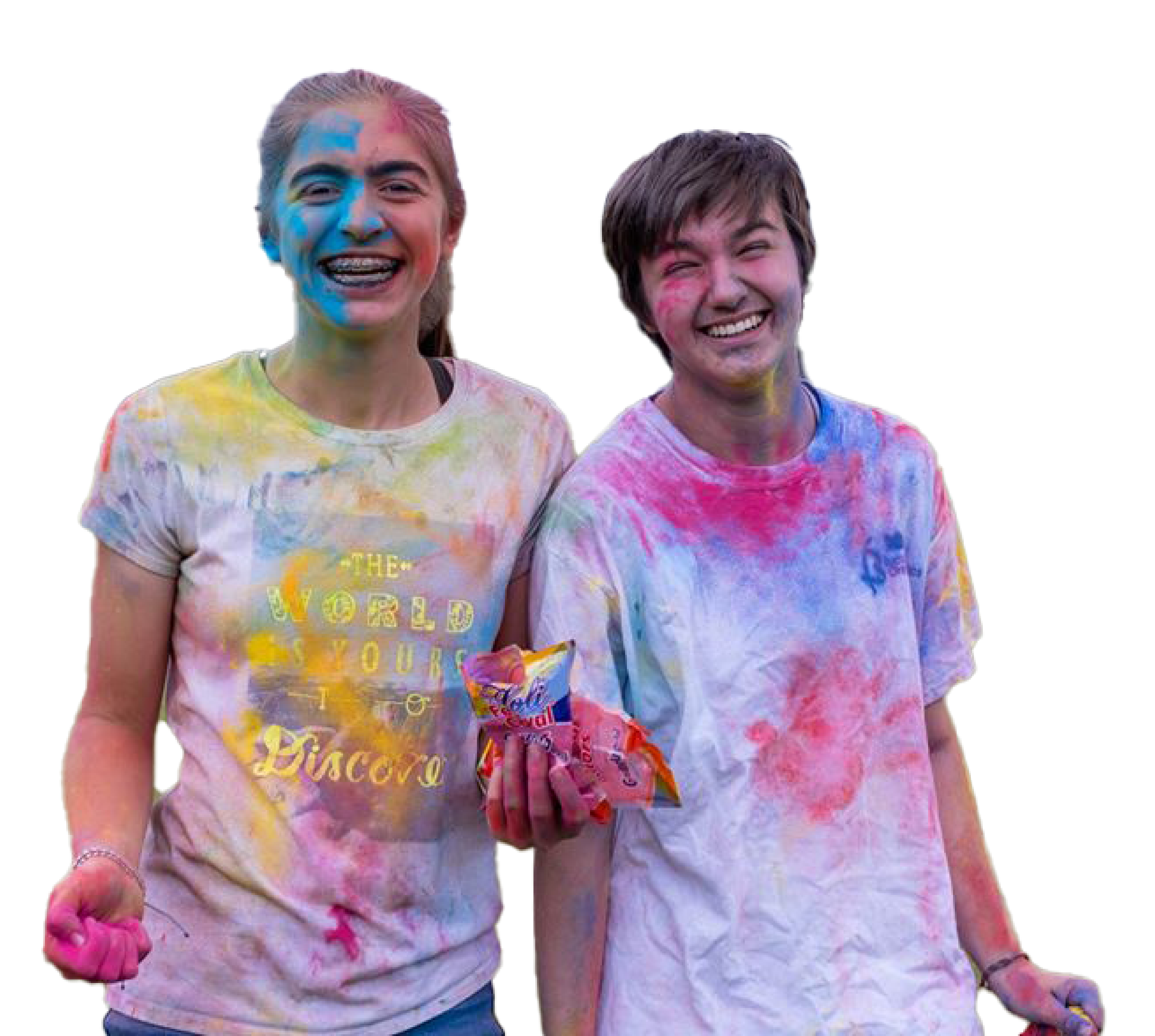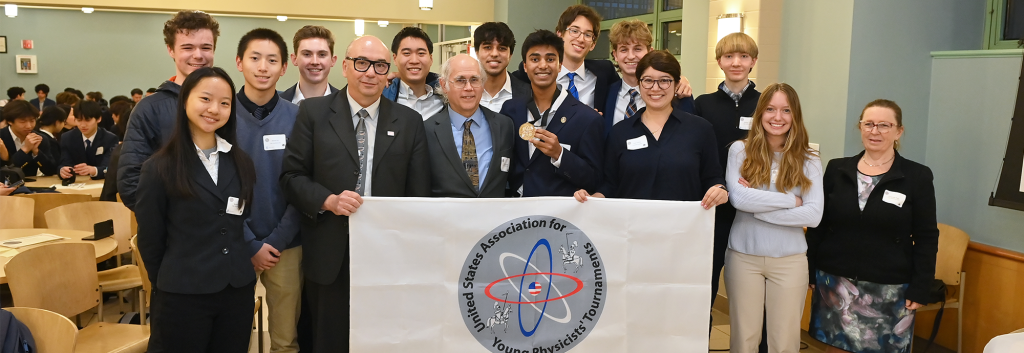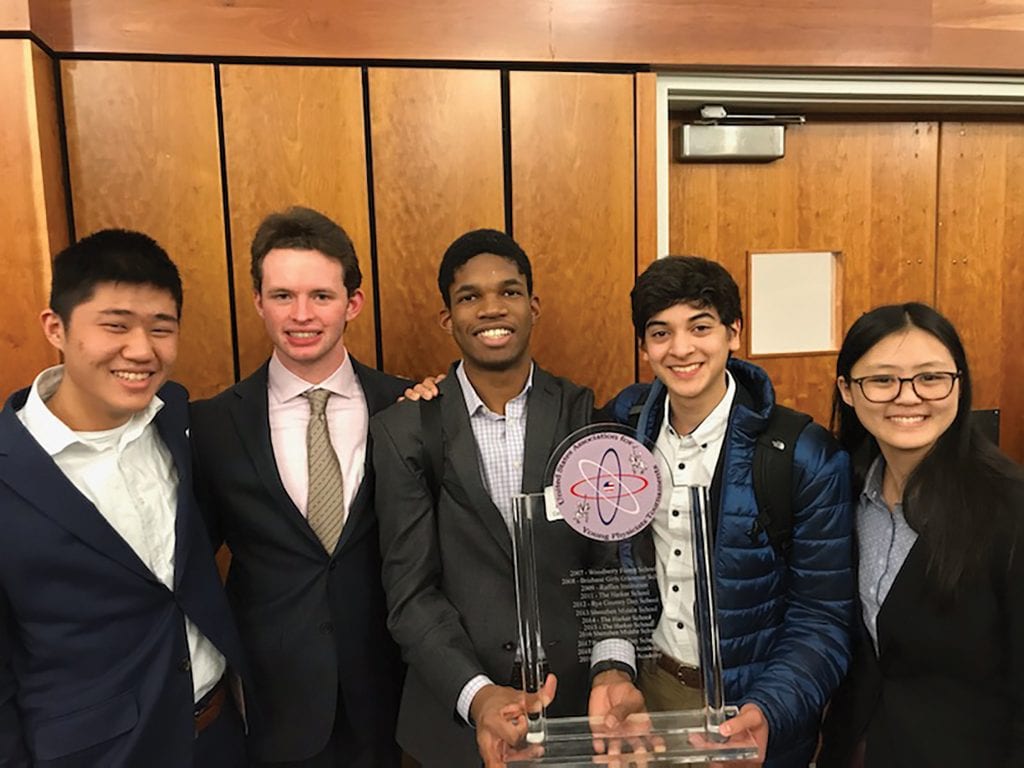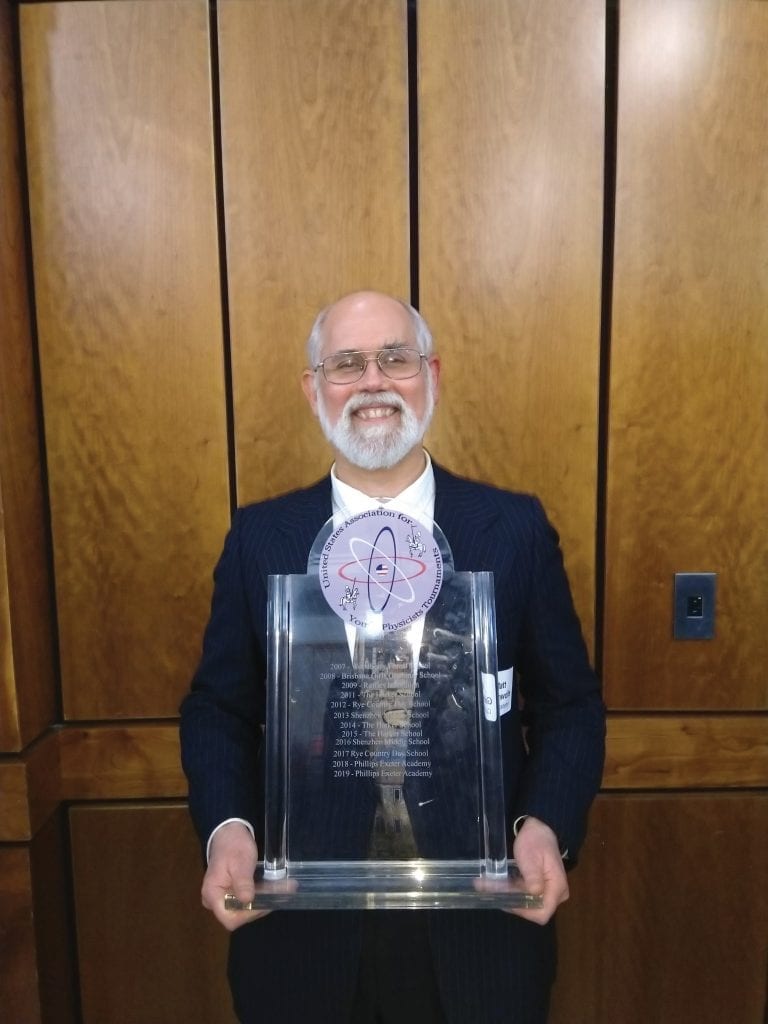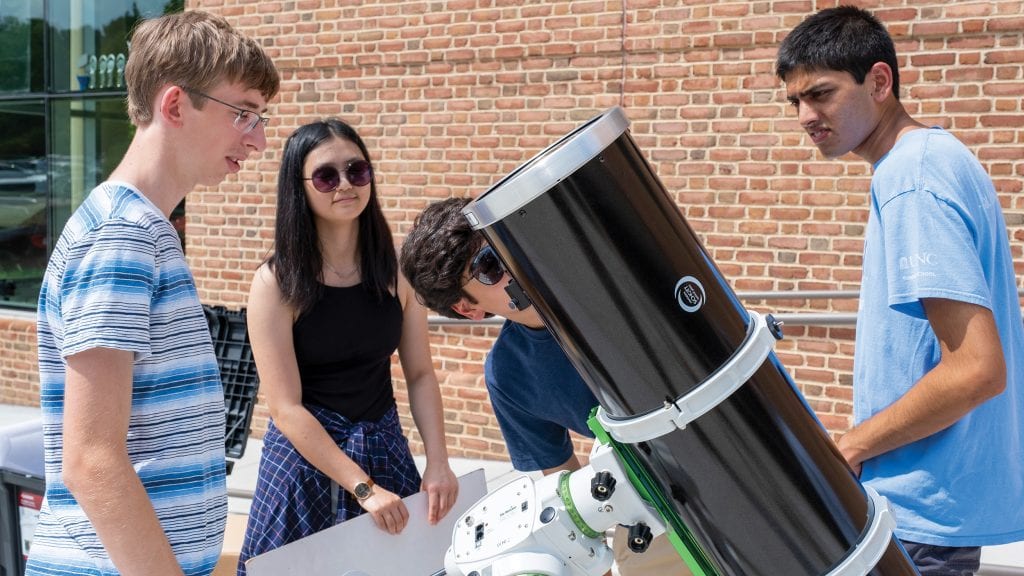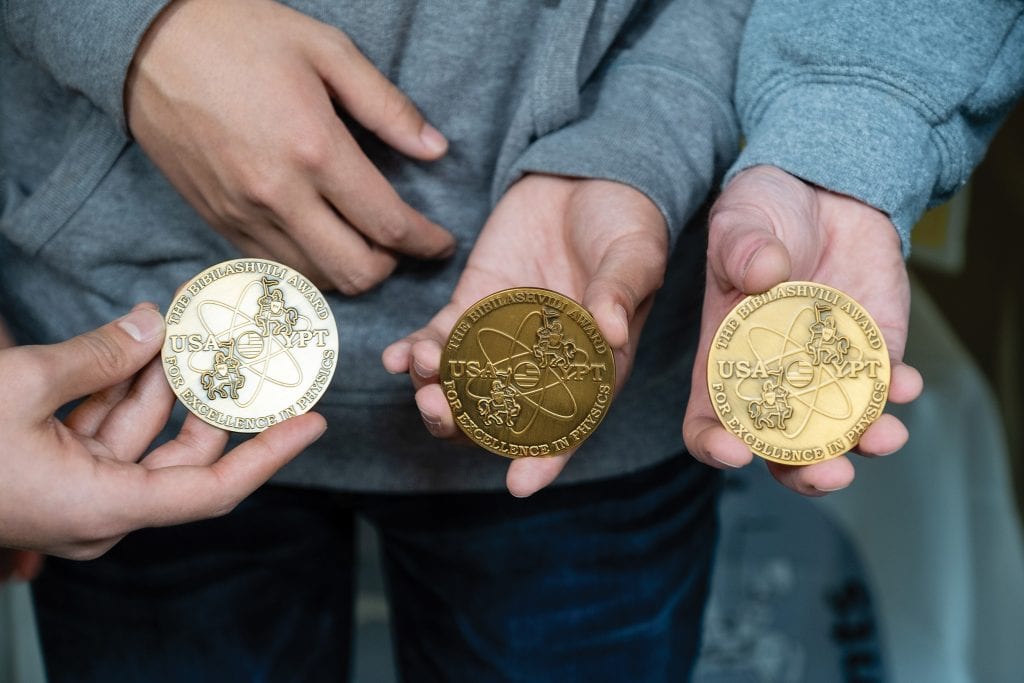After a decade of dedication and growth, Cary Academy’s Young Physicists team, under the guidance of Dr. Matt Greenwolfe and Charlotte Kelly, has once again claimed the top spot at the United States Association for Young Physicists Tournament (USAYPT). This victory marks the culmination of years of perseverance, innovation, and a relentless pursuit of scientific excellence.
Cary Academy’s journey with USAYPT began ten years ago. In their inaugural year, they finished last, an experience that left the team both humbled and inspired by the caliber of the competition. Undeterred, they returned year after year, steadily climbing the ranks and occasionally securing the prestigious Bibilashvili Award for outstanding physics. Their hard work paid off with a national championship win in 2020, and this year, the team triumphantly reclaimed the title after several near victories in recent years.
This year’s success is a testament to the rigorous preparation and teamwork of over 20 students who dedicated themselves to solving complex, open-ended research problems. These challenges required a deep understanding of theoretical physics and the design and execution of sophisticated experiments—honing skills and knowledge that extend far beyond the typical high school physics curriculum. The competition’s format, mirroring a scientific conference, pushed students to present and defend their findings with clarity, confidence, and persistence in the face of adversity.
At the tournament in New York, CA’s traveling team delivered standout performances in a field of other top institutions, impressing judges and peers alike. Nayan Patel, ’25, earned high praise for his presentation on the Disc Golf problem during round seven, prompting one judge to offer internships to the entire team once they reach college. Dillan Jagganath, ’25, achieved a rare perfect score for his “Sizzling Magnets” presentation.
Other notable contributions included Brianna Xin, ’26, and Daniel Chen, ‘26, who provided excellent opposition on their Atmospheric Scintillation and Jello Tower projects.
Our Chargers presented their work with well-crafted presentations that showcased their thorough experimentation, good error analysis, masterful grasp of complex concepts and theory, and ability to engage in constructive scientific debate.
The victory was hard-fought, with CA edging out Phillips Andover Academy of Massachusetts by mere fractions of a point—a reflection of the tournament’s highly competitive nature.
The team’s success was built on the collective efforts of many students beyond the presenters. On the traveling team, Nayan, Dax Welborn, ’25, Ethan Weimer-Kopf, ’25, and Ben Holton, ‘25 worked on the Disk Golf project, Dillan, Ava Khoudary, ’26, Michael Wei, ’28, and Alister Devins, ’26, worked on the Sizzling Magnets problem, Daniel and Tej Oldham, ’27, worked on the Jello Towers, and Brianna was the lone representative of our Atmospheric Scintillation group.
In addition to the traveling team, Sullivan Hale, ’25, helped on the scintillation project for much of the spring and into the fall before Sadhana Subramanian, ’27, and Riya Bhatnagar,’27. Jake Alexander, ’25, helped with the disc golf experiments. The team also benefitted from help from Facilities Technician and semi-pro disc golfer Don Davis and Middle School science teacher Andrew Chiaraviglio who flew a drone to film discs in flight.
This victory celebrates the students’ academic achievements and underscores the transformative power of perseverance, collaboration, and a passion for scientific inquiry. Congratulations, Chargers, on your well-earned victory.
